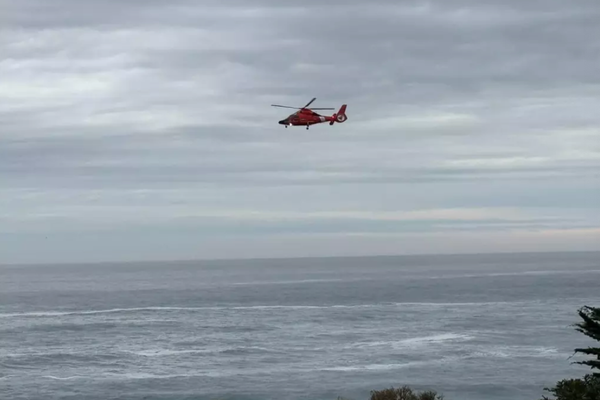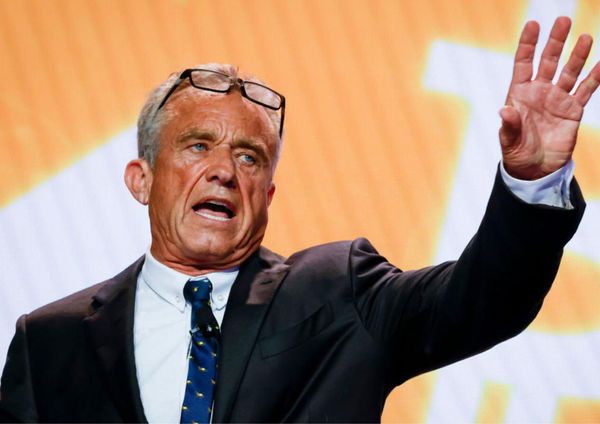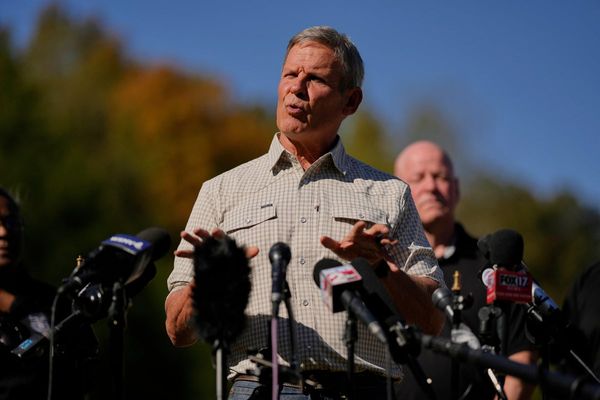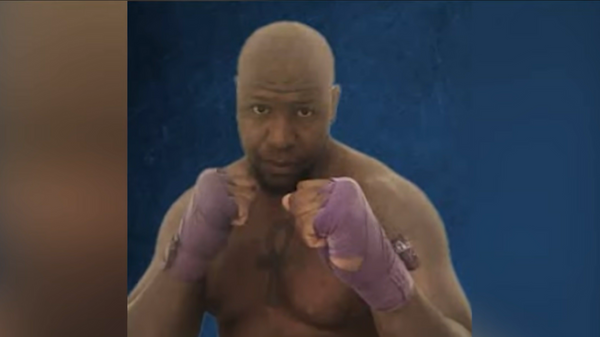Hands up if you've ever been involved in a crash before. I certainly have, and I'm pretty sure that most people reading this have been in at least one, no matter how minor. It doesn't matter if you were or weren't driving (or riding), or even if you weren't in or on a motorized vehicle of some kind.
Crashes, of all kinds, suck. And they affect lots of people every single day, both directly and indirectly.
All the way back in 2021, Honda began speaking publicly about its plans to first halve traffic fatalities by 2030, and then bring the number to zero (!) by 2050. Even then, it was difficult not to look at these pronouncements with somewhat raised eyebrows. Not because it's not an admirable goal. I mean, surely, it is; most people, regardless of anything else we might disagree on, can probably agree that fewer or no traffic fatalities would be a nice world to live in. A world we'd want to live in, even.
For as much as you don't want to be injured or killed in a road accident, it's also damaging to the folks who witness it or are otherwise unwilling participants. If a bus driver hits pedestrians by accident, do you really think that's something the people riding on the bus won't also carry with them for the rest of their lives, even though they couldn't realistically do anything about it?
And now, in the back half of 2025, the general manager of Honda's Safety Planning Department, Hideaki Takaishi, is giving more insight into what he and Honda hope to achieve with their plans. Or, at least, that's the claim.
How Do You Even Measure It, Though?
Zero isn't tough to measure, you'd think. But it becomes more complicated when it's a figure you arrive at through a series of so many caveats, it requires a series of calculations to arrive at.
Now, in September 2025, the Honda goal of "zero fatalities in traffic accidents" includes a lengthy footnote that clarifies, "Accidents occurring while riding/driving a Honda motorcycle or automobile, involving pedestrians, bicycles, or other parties (excluding traffic participants who intentionally commit malicious rule violations or are intentionally in a state of diminished responsibility due to alcohol, drugs, or other substances)."
Honda has spoken about its plans to integrate deeper connected vehicle infrastructure capabilities into its ecosystem, so that vehicles, roads, and urban planning departments can all coordinate with one another to get people to and from their destinations safely.
But even if you take out the "malicious rule violations" or the people who are "intentionally in a state of diminished responsibility" due to substance use, that still doesn't account for multiple groups of road users.
Humans are frequently distracted and/or inattentive. Just because your shiny new Honda's alert systems are telling you to not merge into the car or motorcycle next to you, it doesn't necessarily mean you'll listen to them. Or that you'll react in time, either because your reaction time isn't very good, or because you're distracted by shopping on Facebook Marketplace on your phone, or scrolling Instagram, or fighting with your significant other via text message.
And also, while Honda makes an awful lot of vehicles at an awful lot of price points, and those are sold in much of the world, it isn't the only OEM out there. While Honda has clarified that it's aiming for "zero traffic fatalities" involving its own vehicles, there are multiple serious variables that it can't account for in all its levels of preparation, no matter how hard it might try. Most of those are other-OEM vehicles, not to mention human nature. Since Hondas and other vehicles do share the road, even if Honda could somehow perfectly control all of its own vehicles and the humans within them, it still seems like a nearly impossible goal to achieve because Honda vehicles don't exist in a bubble.
At one point, Takaishi says that "in pursuing safety, I believe what ultimately matters most is the consideration road users show for each other." He then goes on to say that, "most traffic accidents involve collisions with others. If everyone could respect others and coordinate through communication like eye contact, accidents should not occur."
You might this this is overly earnest, naive, and/or unrealistic. And to a degree, it might be; but a thing you need to consider is that road users and road behavior are very frequently different depending on where you're riding, driving, or otherwise perambulating in the streets.
If you've ridden or driven in more than one geographic location, you probably already know this. Road users have very different behaviors in and around Chicago than they do in, say, southern California. Or Pittsburgh. Or Bangkok. Or Tokyo. Or Milan.
By now, I imagine that most of us have probably witnessed some pretty horrifying road rage incidents, even if we weren't one of the parties involved. You have instances where some drivers are literally out there purposely running down motorcyclists and getting charged with murder.
I want to live in a world where road users are more considerate of each other, Takaishi-san. I do. I would very much like that to happen, and I personally do try to be considerate of road users when I'm out on the road. Some are similarly considerate of me, but some also aren't. That's humans for you.
Humans are complicated, and while I believe these are very admirable goals that Honda has, they seem very far out of reach indeed if you've met people, and also ridden, driven, or even walked on roads with them.
Minimizing accidents, sure. Improvements can and will be made; of that, I have no doubt. But full elimination of fatalities unfortunately seems unlikely at best; yes, even solely among Honda users (and yes, I say that as a Honda user.)








